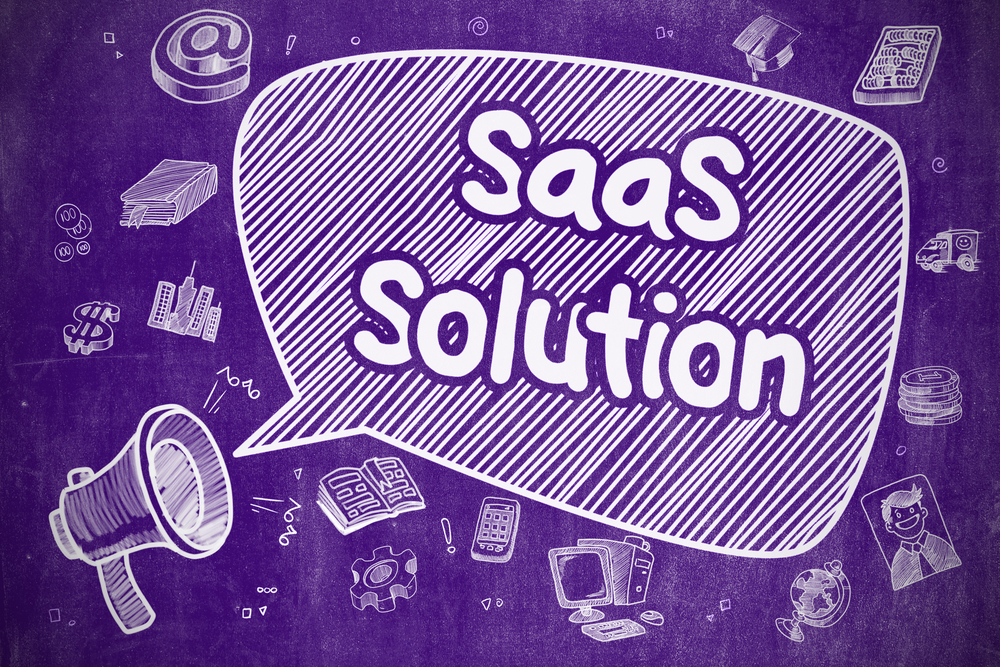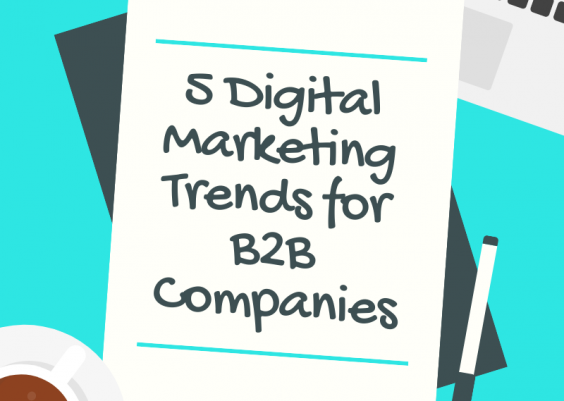In order to understand this article, you have to familiarize yourself with the following terms: B2B and SaaS. B2B, put simply, refers to business-to-business transactions. An example of B2B sales may be a plastic manufacturer selling materials to a toy company. In B2B marketing, one business is utilizing best practices to successfully sell their product to another business. An example of B2B marketing may be if a plastic manufacturer highlights its ethical manufacturing practices to target toy companies with high ethical standards.
SaaS stands for Software as a service which is an online platform that hosts applications and/or trainings and is typically subscribed to monthly or annually by a business or individual (techopedia, n.d.). Additionally, SaaS platforms are updated by the vendor, taking pressure off of subscribers to provide technical advancements to the software. If you represent a SaaS, or are looking for a SaaS or LMS for your business, check out the following list which details key marketing tips that better link SaaS providers with target audiences.
Onboard your target audience by offering relevant content and/or helpful services on a business blog.
- Reach out to your target audience through a well-informed blog that answers relevant questions (Jumpfactor, 2019).
- Your business blog should have content that successfully satisfies customer needs during awareness, consideration, and decision phases that lead to a successful purchase (Feldman, 2017).
- During the awareness phase, the buyer has realized and expressed symptoms of a potential problem and has begun research on the problem they are facing (Feldman, 2017). For example, a training director at a hospital may see that different departments have unique training needs and time availabilities for those trainings, and may be researching e-books or articles on how to create a large-scale training effectively. A blog article on how to create a large-scale HIPAA training might widely appeal to this customer at this phase.
- During the consideration phase, the buyer has defined their problems more clearly and has begun researching solutions for their problem (Feldman, 2017). For example, a training director at a hospital may now be looking up tools, devices, or software solutions that can accomodate large-scale trainings for multiple departments at once. A blog article offering helpful advice on managing multiple trainings simultaneously might widely appeal to this customer at this phase.
- Finally, during the decision phase, the buyer has defined their solution method and is now conducting research comparing multiple vendors (Feldman, 2017). For example, a training director at a hospital may be comparing CertCentral’s Healthcare LMS to another company’s LMS to understand which solution best suits his/her training needs. A blog article discussing the benefits of your software solution might widely appeal to this customer at the decision phase.
Create a short, but powerful explainer video.
- This video should grab customer attention with eye-catching graphics and a clear voiceover.
- The explainer video should concisely articulate what your SaaS platform does and how it benefits your target customer (Scalco, 2017).
- Explainer videos are quick for researchers to find and forward to higher-ups in their company who make the purchasing decision.
Optimize the website for your SaaS for conversions.
- Ensure your website has a fast processing speed and is clearly organized. Allow site visitors to optimally reach resources you provide as quickly as possible.
- Utilize google analytics to find out which pages get the most visits and make sure those pages have strong calls to action. Strong calls to action could be in the form of contact form pages, phone number links to call, or buttons for a site visitor to schedule a free demo of your SaaS solution (Feldman, 2017).
- Put a call to action such as a button for a free trial on the header of the homepage (Feldman, 2017). This gives potential customers the chance to upload their content to your software before the payment period begins, and explore your feature offerings for a limited time.
- Put a contact page form in your website’s footer and quickly reply to site visitor inquiries to demonstrate excellent customer service (Feldman, 2017).
- Create landing pages with specific offerings that would appeal to different target customer groups (Elevation Marketing, 2017). For example, create a landing page for healthcare facilities and another for accounting firms.
We hope you have enjoyed our top 3 tips on successful B2B marketing strategies for SaaS. We wish you luck in your quest to best match SaaS providers with target audiences!




